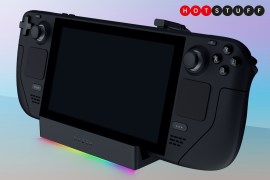Lenovo’s new Steam Deck rival is first in line to run SteamOS
Windows version also on the way, plus a bigger brother
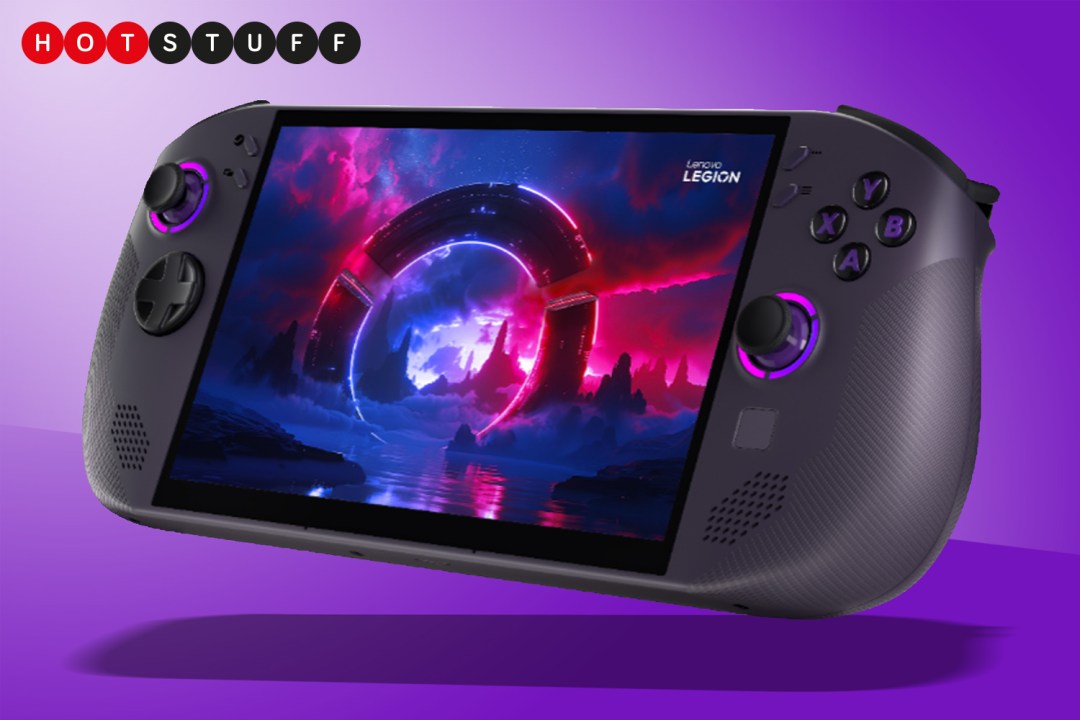
It’s far from the most powerful gaming handheld, but Valve’s Steam Deck still leads the pack thanks to Valve’s streamlined SteamOS software. No surprise, then, that rivals are chomping at the bit to offer handhelds of their own running the Linux-based OS instead of Windows. First out the gate at this year’s CES is Lenovo, with the Legion Go S.
The 8in handheld trumps the Steam Deck OLED in a number of ways, including a more potent AMD Ryzen Z1 Extreme CPU that can hit 3.3GHz across its eight cores. There’s up to 32GB of RAM, too, which could bring a boost to game frame rates. A PCIe Gen4 SSD provides up to 1TB of storage.
At 740g it’s about 100g heavier than a Steam Deck OLED, despite not including a pair of touchpads. You get all the other inputs you’d expect, including a pair of LED-illuminated analogue sticks – which are fixed in place, rather than detachable like the pricier Legion Go. The Nebula Violet case colour should make it pretty obvious you’re not rocking one of Valve’s handhelds. too.
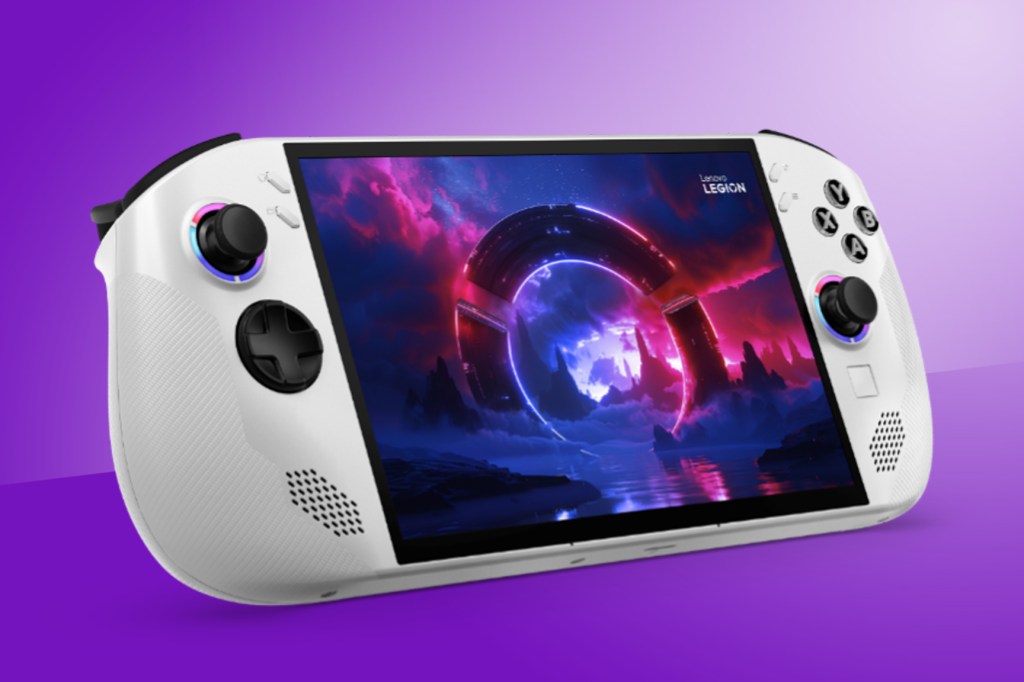
Lenovo has gone with an 8in LCD display, which won’t be able to match the Steam Deck OLED for contrast or black levels, but gamers will be pleased with the higher 1920×1200 resolution and 120Hz refresh rate.
Two USB4 ports, a microSD card slot and a 3.5mm combo audio port put it on par with Valve’s machine for connectivity, while the 55.5Whr battery is marginally bigger. Charging is by speedy 65W USB-C power brick.
Gamers will be in for a bit of a wait, as the Legion Go S with SteamOS won’t actually go on sale until April. If you’re happy to put up with Microsoft’s OS, though, a Windows-powered version launches later this month (in Glacier White colours) for €629.
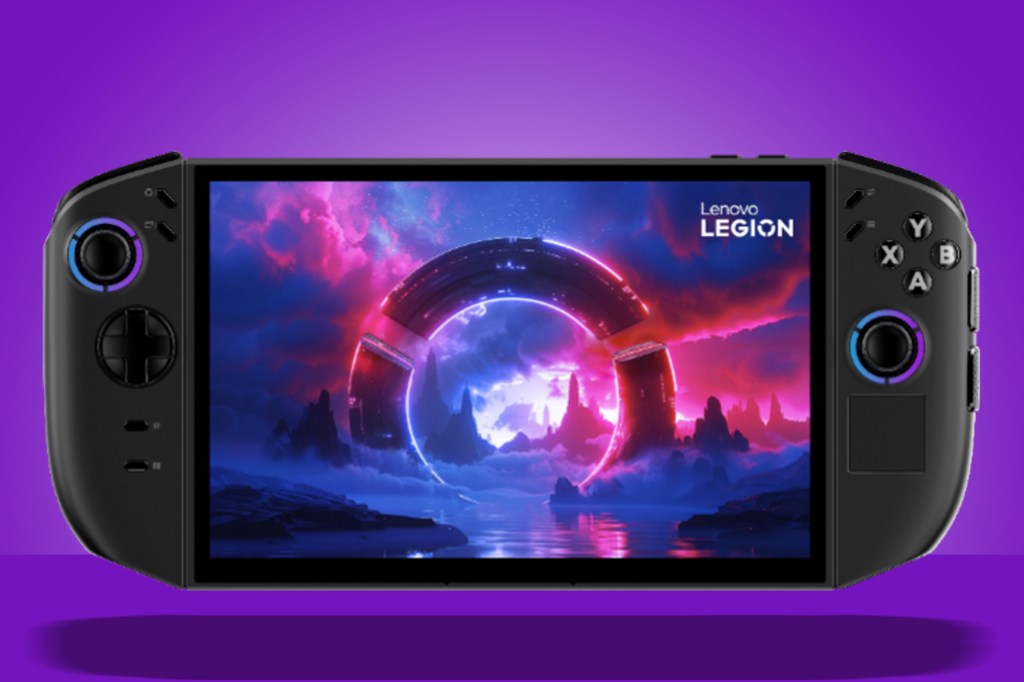
Crave even more portable performance? Lenovo also pulled back the curtain on a prototype version of the second-gen Legion Go. Essentially an upgraded version of the original Legion Go launched in 2023, it’ll eventually arrive with a new AMD Ryzen Z2 Extreme chipset and an 8.8in OLED display with 144Hz variable refresh rate.
The prototype has taken fan feedback on board by rounding off the detachable controllers and swapping the old model’s imprecise D-pad for a more accurate circular one. Up to 32GB of RAM, 2TB of storage and a 74Whr battery could make it a force to be reckoned with – though there’s no word yet on a price, or when the hardware will even be finalised.
Here’s how the displays in your next car might be more useful
TCL CSOT has developed some new display tech for automobiles, including a curved display that’s built into a wood dashboard
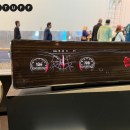
SanDisk turned Fortnite’s Peely into an adorable SSD
Banana-flavoured external storage comes with in-game loot

The JLab Epic Lux Lab Edition is a high-end headphone surprise
Style, battery life and ANC ability to give Bose and Sony a shock




